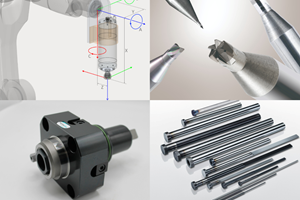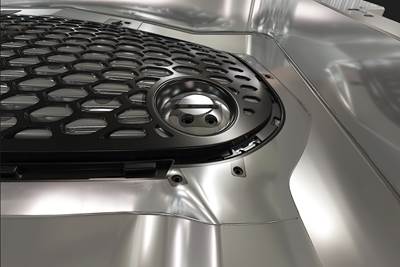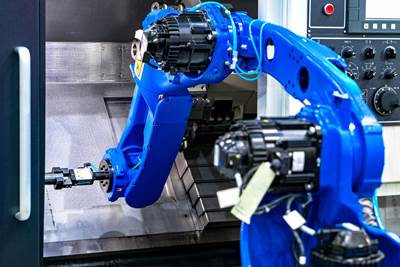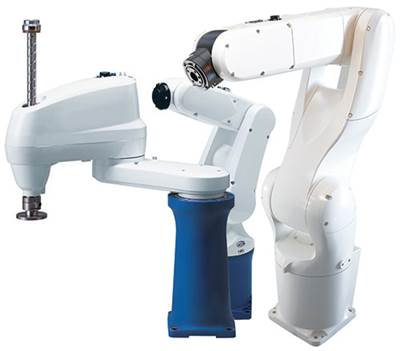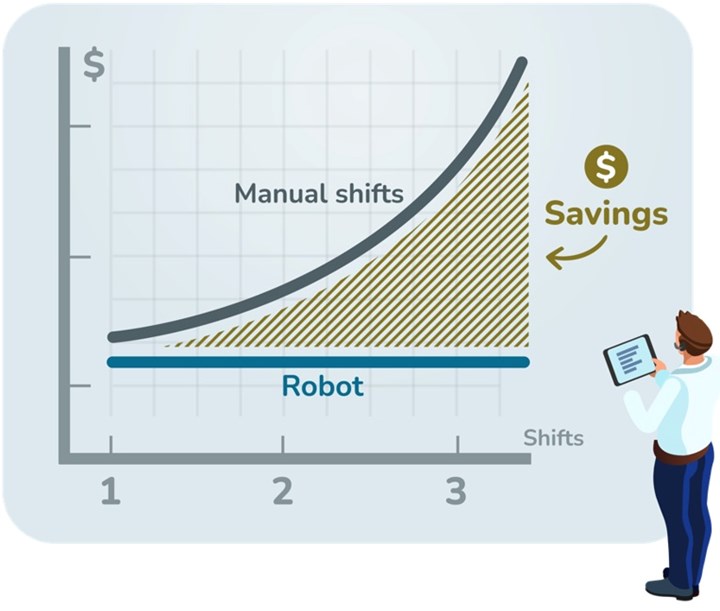
Alternative financing options, such as leasing, can give manufacturers a positive return on automation investments from the first day. Photo credit: HowToRobot
When the economy slows down, it is a widespread reaction to hold our money tight — and with good reason. During past recessions, manufacturing was hit harder than most other industries. So, as recession fears take hold, mold manufacturers face some tough decisions. The knee-jerk reaction for many is to cut down on capital spending, including investments in advanced manufacturing technologies such as automation and robotics.
Pausing these investments may be a bad idea (which studies of past recessions also suggest), not only because automation is needed for U.S. manufacturing to keep a competitive edge over the competition, but because it can also be a wise strategic move for the individual business. Those manufacturers with higher capital investment levels before a recession have also shown to be the quickest ones to recover, and they also tend to experience higher growth rates in the years after.
The challenge, of course, is balancing costs. Here are five (surprisingly underutilized) strategies to reduce the cost and risk of automation. They present an obvious opportunity for those mold manufacturers who don’t want to jeopardize their transition to more automated operations.
1. Go for the low-hanging fruit.
Automation and robotics can be used for almost any type of task today. Yet, most businesses do not have a structured process for identifying the most apparent automation opportunities within their shops. As a result, automation is applied, more or less, randomly — sometimes resulting in unintended “innovation projects” with significant cost overruns and, ultimately, failure.
Typically, 10-15 manual tasks are ripe for automation at the average shop. By creating an automation roadmap of these opportunities, manufacturers can zone in on the low-risk projects with a quick return on investment that makes the most sense for their business.
It is not uncommon for an automation solution to pay itself off over one to five years.
2. Create a competition to win your project.
It may sound obvious. Yet, few manufacturers seek several comparable offers from suppliers. Often, businesses go with the first solution they find that seems to do the job. This is surprising when all evidence shows that competition can provide substantial savings for the buyer.
Money is often left on the table, and a global automation market platform can help you identify these opportunities and connect with the most appropriate supplier. In addition, manufacturers can use it to send out automation requests and receive offers from suppliers.
Market data shows typical price variations of 15-25% on the solutions offered for a project — even though each solution offers the same functionality. So, an investment of around $350,000 makes for potential savings of $87,000 between the most affordable and expensive options.
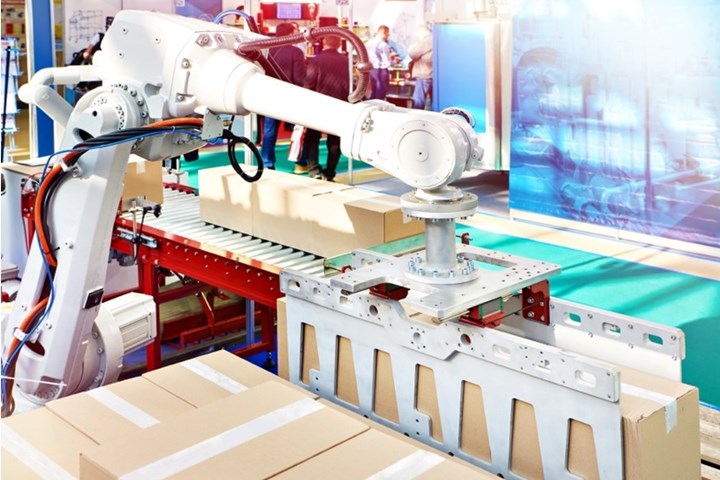
Automating simple tasks such as palletizing, where tried-and-tested solutions exist, often provides the shortest payback period and the least risk for manufacturers. Photo credit: Shutterstock
3. Move performance responsibility to the supplier.
Mold builders often struggle with explaining their needs to automation suppliers. In their struggles, many fall into the trap of describing exactly how they want the solution to be designed — the size, type of robot, gripper, etc. By doing so, they — often unknowingly — end up taking responsibility away from the supplier. If the solution does not meet expectations, the buyer cannot make any claims and may end up with a failed investment.
It is in every mold manufacturer’s best interest to avoid taking on this risk and focus on what the ideal solution should accomplish instead. Doing a functional requirement specification helps achieve this. It describes the needs and goals of the solution (such as the throughput it must deliver and variants to handle) and the constraints (such as available space). This gives suppliers the freedom to engineer the best solution and holds them accountable for delivering the results the buyer needs.
4. Build the business case on real market knowledge.

A shop walkthrough from independent robots and automation advisors can uncover new automation opportunities that are affordable and provide a good return on investment. Photo credit: Shutterstock
An automation investment will — even if it looks good on paper — only deliver the expected return if it is based on accurate assumptions. Too often, business cases for automation are built on guesswork instead of real market knowledge. If significant factors change (which they sometimes do), the shop may end up with unpleasant surprises and see the expected return on its investment drop.
Often what is missing are accurate reflections of market prices and knowledge about staffing needs when the automation solution is up and running. For example, maybe manual operators are no longer needed, but who will oversee and maintain the solution? And will some manual work still be needed?
The shops that want to take the guesswork out of automation often use a vendor-independent advisor to plan the investment. Also, free tools are available online to help businesses build solid business cases.
5. Look at alternative financing options.
It is not uncommon for an automation solution to pay itself off over one to five years. However, the significant upfront costs, including integration, may leave mold manufacturers with years of waiting before reaping the financial rewards of automation. This can be particularly challenging in times when liquidity is limited.
An automation investment will — even if it looks good on paper — only deliver the expected return if it is based on accurate assumptions.
It is worthwhile to investigate alternative financing options that enable the business to realize cost reductions immediately. Leasing makes it possible to finance automation equipment with predictable monthly payments and avoid the at-times unattainable upfront capital requirements. It is not uncommon to see a company paying $200,000 for an automation solution and, with savings of $5,000 a month, having to wait over three years to start profiting from the investment. By leasing it instead, the company would immediately gain over $1,000 a month at current rates in the U.S.
Until recently, there were limited options for leasing automation equipment and industrial robots. In 2023, however, robot and automation-specific leasing options began becoming more broadly available.
These five strategies are not difficult to follow, but they require mold manufacturers to think differently about how they approach automation. This is a small price to pay to save a lot more.
Related Content
Five-Axis Graphite Mill With Automation Debottlenecks Electrode Machining
Five-axis electrode cutting enabled Preferred Tool to EDM complex internal screw geometry on an insert that otherwise would have had to be outsourced.
Read MoreTechnology Roundup: New/Improved Technologies You Don't Want to Miss
With all the technology joining the market, moldmaking is a versatile, ever-evolving industry. As such, this technology roundup has no specific theme — it features a variety of products for applications and solutions across the industry.
Read MoreDevelopments in High-Speed Machining Technology
There have been many exciting developments in high-speed machining relative to machining centers and controls, tooling and CAD/CAM systems.
Read MoreQuality Tool & Die Enhances Performance With Advanced EDM and Milling Technologies
The adoption of Mitsubishi wire and sinker EDMs, along with the OPS Ingersoll five-axis milling machine with automated cells, has enabled unmanned operations and improved precision. As a result, QTD has expanded its facility, grown its workforce and increased its business by 10-15% annually.
Read MoreRead Next
How to Use Automation to Minimize Mistakes and Speed Mold Build Process
A guide to capturing and reusing company knowledge and experience with software automation.
Read MoreHow to Start Automating Your Moldmaking Operation
A few fundamentals of moldmaking automation include identifying key areas and places to avoid and addressing common concerns and roadblocks.
Read More10 Considerations for Choosing a Robot
Knowing what to look for is essential when comparing and evaluating robots from different manufacturers.
Read More

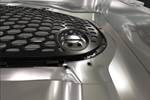
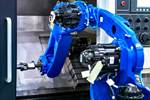
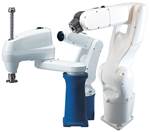





.jpg;maxWidth=300;quality=90)






